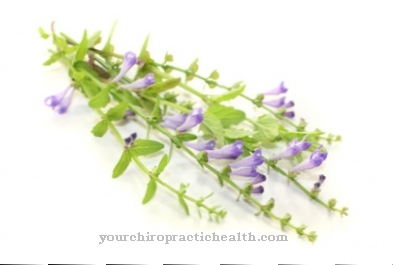In the geranium it is a type of plant from the cranesbill family. The plant is used on the one hand as an ornamental plant in gardens, on the other hand as a medicinal plant. The flowers of the geranium are reminiscent of the beak of a stork, which gave rise to one of its common names.
Occurrence & cultivation of the geranium

The geranium usually grows as an annual, more rarely as a perennial herb-like plant. In addition, it can appear as a subshrub and lignify with age. Certain types of geranium are succulent, which means that they store large amounts of water in their organs above and below the ground. The geranium also has essential oils. The plant has both alternate and opposite leaves that sit on thin stems.
The leaves are usually stalked and hairy. Small stipules are also present. The flowers of the geranium are in golden inflorescences with bracts. They are bisexual and have five petals that are arranged in mirror image. The flower has a small nectar tube of a few centimeters.
The stigmas of the geranium blossom only ripen after the stamens, because this is the only way to prevent self-pollination of the plant. The geranium has small split fruits with five solitary single fruits. The geranium originally comes from South Africa and is part of the Cape flora. Basically, the plant species is adapted to numerous habitats and can, for example, occur on the banks of water, in deserts or on rocks. The ornamental plants widespread in Europe come primarily from crossings from South Africa.
Effect & application
The geranium has a variety of healing effects and can therefore be used in different areas. Basically, the geranium has anti-inflammatory properties and thus supports the healing of wounds. It is also known for its skin-caring ingredients.
In addition, the geranium has a psychological effect, as it has a balancing effect and brightens the mood. For this purpose, the geranium is ideally used as an essential oil. This can, for example, be placed in a fragrance lamp and freshen up the room. The scent is similar to that of the rose and can relieve or relieve nervous tension. When used externally, geranium oil can develop its wound-healing and antibacterial properties.
As with all essential oils, compatibility should be checked before use on the skin. In addition, essential oil may only be applied directly to the skin in a diluted form, as otherwise irritation may result. Extreme caution is required, especially with wounds or inflamed areas. A doctor should be consulted here before using geranium oil.
In addition to using the essential oil, it is possible to use the extract from the roots of the plant medicinally. The extract is used as an ingredient in various medicinal products and can be used in particular for the treatment of colds. The substances contained in the roots have an expectorant effect and can provide a remedy for acute bronchitis, for example.
It should be noted that certain people may experience side effects after using the geranium extract. People with an increased tendency to bleed are particularly at risk. Symptoms of the gastrointestinal tract and bleeding from the nose or gums can occur.
In rare cases, hypersensitivity reactions up to anaphylactic shock have been reported. The flowers of the geranium can also be eaten or used to refine dishes. Consumption can also benefit from the plant's healing properties. However, information must be gathered in advance to ensure that the geranium variety is edible.
Importance for health, treatment & prevention
Due to its anti-inflammatory and antibacterial properties, the geranium is suitable for use in a variety of health complaints. First of all, the plant is often used for inflammatory diseases, such as tonsillitis or eye infections. Geranium extracts are often part of appropriate medication.
Another large area of application are various diseases of the digestive tract, especially the intestines. It should be noted here that the complaints must be clarified by a doctor in any case and self-prescribed therapy with geranium preparations may be carried out at the same time and after consultation with the doctor.
Then the geranium can provide relief from bowel inflammation and ulcers, colon inflammation or diarrhea. A use is also conceivable in the case of inflammation of the small intestine and gastric bleeding, but only if the preparations can be combined with conventional medical treatment.
Other possible uses are in the external treatment of skin diseases. These can include skin rashes, eczema or lichen, where the geranium can have a calming and anti-inflammatory effect. Geranium preparations can have a positive effect on minor skin problems, such as occasional skin blemishes.
In theory, the geranium is also suitable for treating smaller wounds. Because it has a blood and pain relieving effect and can therefore be used for nosebleeds and bruises, for example. Applied externally, it can even provide relief for minor nerve injuries.
In addition, geranium supplements can have a beneficial effect on numerous ailments related to menopause. The geranium can also have a positive effect on depression and nervous exhaustion. You can benefit from the effects of geranium essential oil, which calms you down and helps to relieve mental tensions.

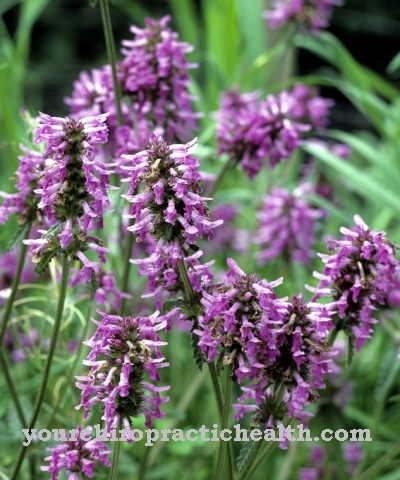
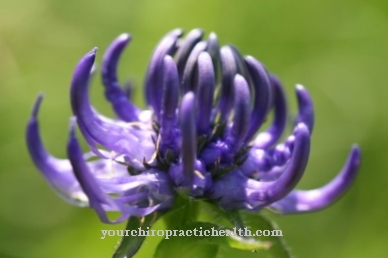
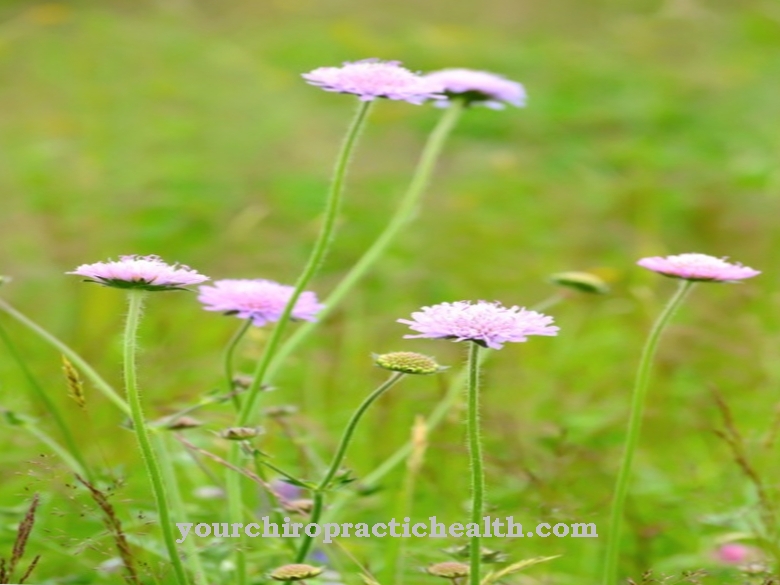
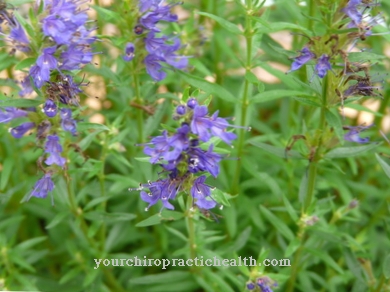
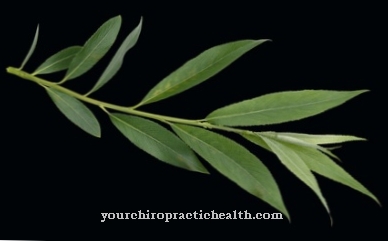
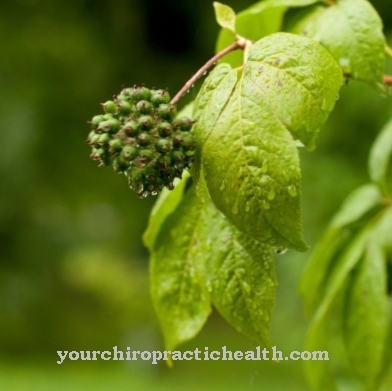








.jpg)

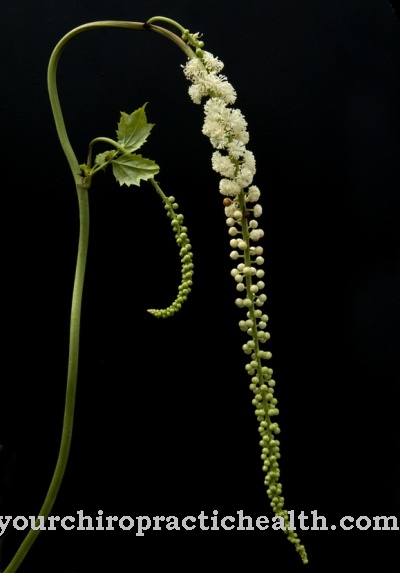

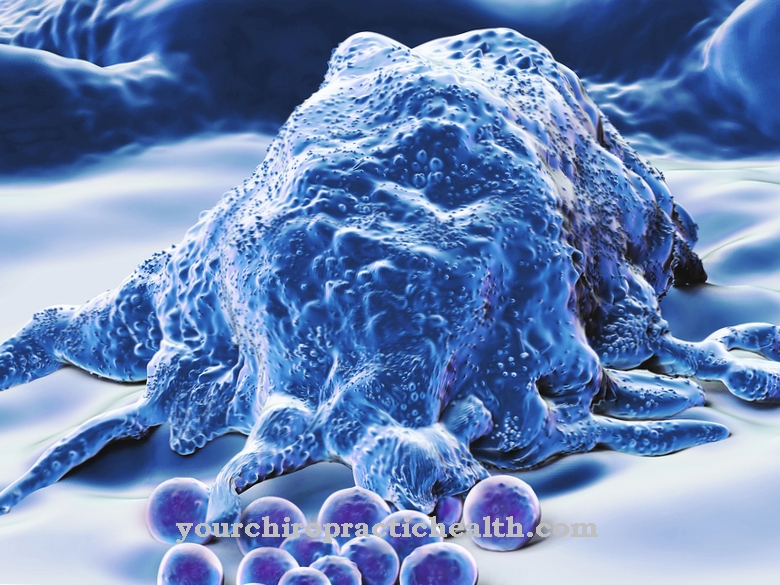

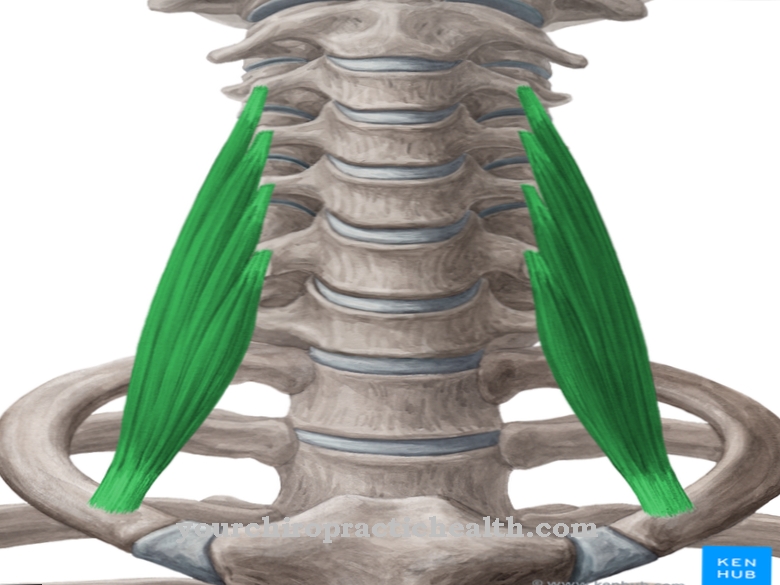
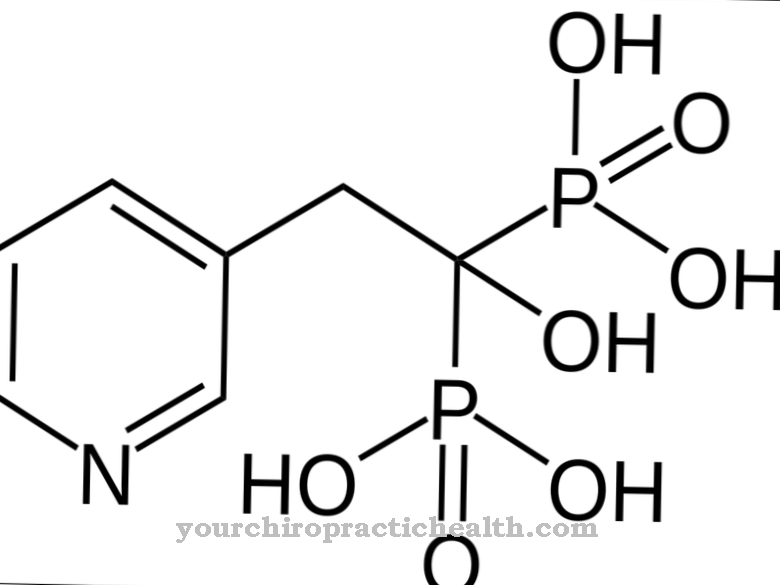
.jpg)
